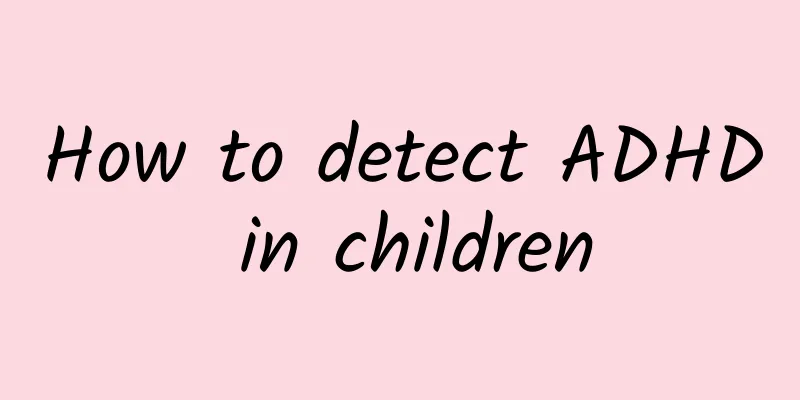What are the reasons why newborns are prone to jaundice? Parents should pay attention to the signs of newborn jaundice

|
Nowadays, many children suffer from jaundice, but many parents don’t know it. Let’s take a look at why newborns are prone to jaundice. Reasons why newborns are susceptible to jaundice Increased production of bilirubin Newborns produce about 8.8 mg/kg of bilirubin per day, while adults only produce 3.8 mg/kg. The reasons are: the fetus is in an environment with low oxygen partial pressure, so the number of red blood cells produced is relatively large. After birth, the oxygen partial pressure in the environment increases, and the red blood cells are relatively excessive and destroyed. The half-life of fetal hemoglobin is short, and the life span of newborn red blood cells is 20 to 40 days shorter than that of adults, which shortens the cycle of bilirubin formation. Bilirubin is produced more from other sources, such as heme proteins (catalase, cytochrome p450, etc.) from organs such as the liver and bilirubin precursors from ineffective hematopoiesis in the bone marrow (a small amount is destroyed during the maturation of red blood cells). Insufficient ability to transport bilirubin Newborns often have varying degrees of acidosis, which affects the combination of bilirubin and albumin in the blood. The amount of albumin in premature infants is lower than that in full-term infants, which makes the ability to transport bilirubin insufficient. Watch out for signs of jaundice in newborns 60% of full-term babies will have jaundice within the first day after birth, and 80% of premature babies will have jaundice. Because the baby's liver function is not yet fully developed, mild jaundice is a normal phenomenon, but parents should not ignore it. The severity of the baby's jaundice and if it lasts too long, it may affect the baby's health. You must be vigilant and observe carefully. Jaundice causes the baby's blood, mucous membranes and skin to turn yellow. Because the skin on the face is under less pressure, the face turns yellow first, followed by the trunk, and finally the hands and feet. When the red blood cells in the human body age, they will produce some waste products through metabolism. Among them, a waste called "bilirubin" will eventually be excreted from the body by the liver. If the excretion is abnormal due to liver and gallbladder diseases, or the red blood cells are excessively damaged, it will accumulate in the body and cause jaundice. Abbreviated as bilirubin concentration. The jaundice index is 12mg/dl, which means there are 12mg of bilirubin in 100cc of blood. |
<<: What causes jaundice in children? Be alert to jaundice if you have these four symptoms
Recommend
Can you die if you have patent ductus arteriosus?
Will you die if you have patent ductus arteriosus...
Mumps, oral surgery, internal medicine
Mumps, oral surgery, internal medicine 1. If the ...
How do traditional Chinese and Western medicine treat neonatal jaundice? Remember to take measures to prevent neonatal jaundice
How should newborns with jaundice be treated? In ...
Children's kidney disease follow-up examination items
What are the later examination items for children...
How to treat hemolytic jaundice in children
Treatments for hemolytic jaundice in children inc...
What to do if your baby has eczema How to care for your baby if he has eczema
In recent years, the number of babies suffering f...
What are the symptoms of infant eczema? Have your children ever experienced these symptoms?
The earliest symptoms of childhood eczema are obv...
Can children with diarrhea take montmorillonite powder?
Children with diarrhea can take montmorillonite p...
What are the signs of kidney disease in children?
We all know that nephritis is an inflammation of ...
What are the symptoms of pneumonia in children? Two symptoms are most common in children
1. Fever The most common symptom of pneumonia in ...
How to deal with neonatal jaundice more effectively
1. Sunbathing: If conditions permit, you can take...
How to treat a child who keeps coughing?
If your child keeps coughing, you can take measur...
What to do if adults are malnourished
Many people may not know that adults can also suf...
Can children supplement calcium in summer? What should children pay attention to when supplementing calcium in summer?
Children can take calcium supplements in the summ...
How to treat a child with a cough and fever?
Colds and fevers can have varying degrees of impa...









